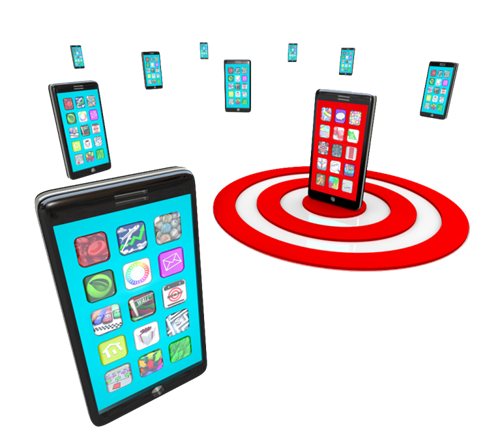 Today’s mobile technology has the potential to transform business, however few companies take the steps needed to fully understand their mobile potential. The main element to mobile success is constructing a strategic mobile plan that continually lines up user needs, business objectives and innovative mobile technologies.
Today’s mobile technology has the potential to transform business, however few companies take the steps needed to fully understand their mobile potential. The main element to mobile success is constructing a strategic mobile plan that continually lines up user needs, business objectives and innovative mobile technologies.
How to Create a Mobile Strategy for Your Business
These days it is rare to find someone who doesn’t rely on a smartphone or some kind of handheld device and a slew of mobile apps to stay productive at work, on the road or even in their home. There are so many mobile electronic gadgets on the market, including the popular iPhone, Palm Pre, BlackBerry Bold, iPad and Android tablet.
What’s more, reports by Forrester Research show that heavy app users are also heavy mobile Web users. The majority of North American consumers who have interacted with a brand using a mobile device have employed a combination of SMS, apps and browsers. Therefore, it should not be an “either or” decision for companies looking to develop mobile solutions, say Forrester market analysts.
Mobile is a booming industry but it is still also considered uncharted waters for many businesses looking to expand brand awareness. What most companies call their mobile strategy really just amounts to a collection of mobile tactics, according to Jeremiah Owyang, an analyst with the Altimeter Group, a research advisory firm based in San Mateo, Calif. In a blog post based on his presentation at the Mobile Marketing Strategies Summit in San Francisco, Owyang argues that companies should build a strategy based on the entire customer experience and not just based on technologies on hand or just on features and functions. This isn’t about guesswork. He says companies should evaluate how their customers are actually using mobile technologies across their entire customer lifecycle.
How to Create a Mobile Strategy for Your Business: Mobile Web Sites
Several companies have a subdomain set up specifically for mobile phones. So, for example, when users type www.ESPN.com into a smart phone the ESPN site actually figures out that they are visiting the site from a mobile device and redirects them to a subdomain, Turner explains. “That way the user experience from the phone is different than the user experience at a computer. The trick is to create a mobile site that loads quickly and provides a simple, streamlined experience,” he says.
Diane Irvine, CEO of Seattle-based jewelry site Blue Nile, realized the importance of mobile delivery when her site made a $40,000 diamond sale via a mobile device in 2009. She soon learned that she needed to make her site more mobile-friendly for iPhone users. Last year, she introduced a mobile version of the Blue Nile site. It’s smaller than the company’s PC site in scope, with quick tabs to locate diamonds, engagement rings and gift ideas. Since the launch, Irvine says, “More than 20 percent of our shoppers are using the mobile site.” The reason being is that it gives people the flexibility to shop wherever they are. “This will become the future of shopping,” she adds.
How to Create a Mobile Strategy for Your Business: Mobile Apps
Want to find a recipe for a 30-minute meal? Chances are there is an app for that. Need to convey an apology through a virtual bouquet of roses? There is an app for that, too. There are now numerous mobile apps serving up informative tips, educational bits, or pure entertainment or gaming. From beverage makers to quick-service restaurants to apparel brands, many companies are using mobile apps to boost brand awareness and affinity. Your business can, too. But you must have a thorough understanding of your audience.
You can view the original article here.
Mobile Marketing features can instantly connect you with your target audience in a relevant and interactive manner via their mobile devices. Your customers expect your business to improve with technology and Mobile Marketing will give you that technically savvy image that they love.

